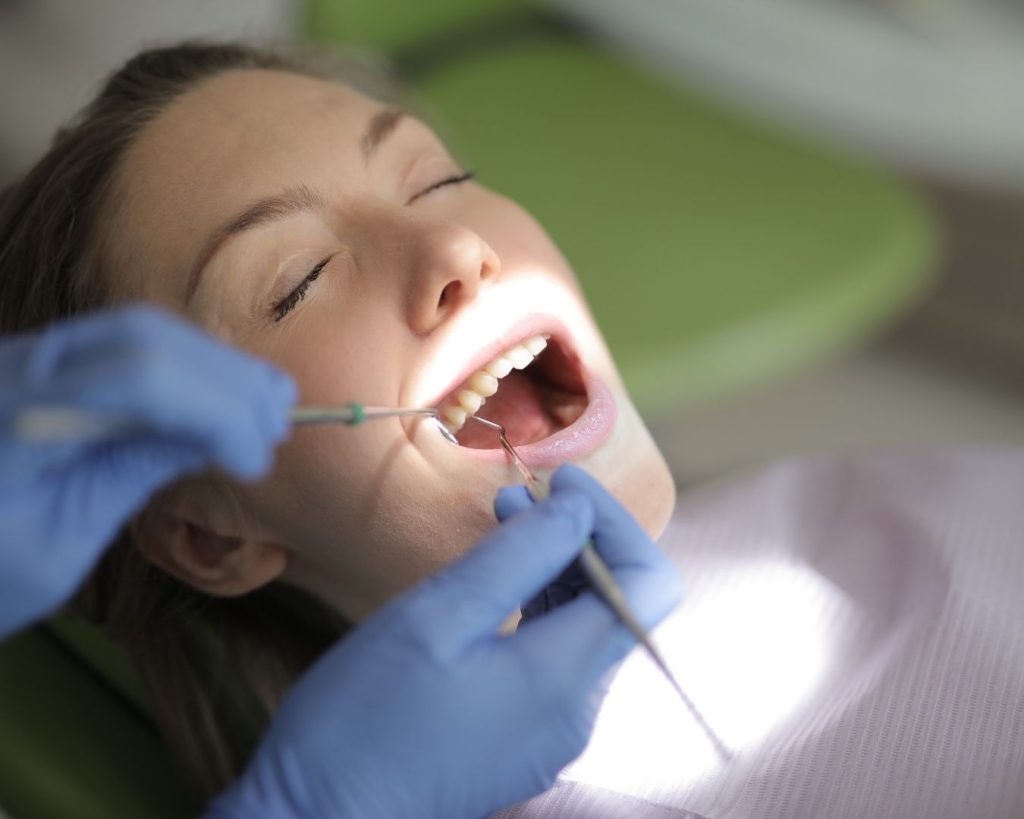Anesthesiology and Reanimation Department
At our Anesthesiology Clinic, dental treatments are performed under general anesthesia or intravenous (IV) sedation. For patients who cannot be treated in a standard dental unit due to medical or psychological reasons, procedures are carried out in our fully equipped operating theatre.
When Is Dental Treatment Under General Anesthesia or IV Sedation Necessary?
Pediatric patients who cannot tolerate treatment in a dental chair
Adults with severe dental anxiety
Patients with strong gag reflexes
Procedures requiring prolonged mouth opening
Neurological conditions affecting communication (e.g., Alzheimer’s, dementia)
Patients with disabilities such as autism, cerebral palsy, or intellectual impairment

Preoperative Evaluation and Safety Protocols
Before anesthesia, patients undergo a comprehensive physical examination by our anesthesiologist, along with necessary lab tests. During the pandemic period, we added Covid-19 IgG and IgM antibody testing to assess prior or current infection status—ensuring safe surgical conditions.
Procedure Flow
Patients are first taken to the preparation room with a companion.
A sedative medication is administered in a dose and method determined by the anesthesiologist (IV for adults; oral, rectal, or intramuscular for children).
Once relaxed, the patient is escorted to the operating room.
Dental procedures are performed under general anesthesia or sedation.
After completion, the patient is awakened and returned to the preparation room to rest with their companion until discharge.
Discharge occurs only after clearance by the anesthesiologist.

What is general anesthesia and sedation?
General anesthesia involves temporary loss of consciousness, pain suppression, and muscle relaxation using anesthetic drugs. It is maintained with oxygen/air and anesthetic gases (e.g., Sevoflurane).
Sedation uses calming medications to relax the patient while maintaining reflexes (e.g., swallowing). The patient remains responsive to commands and experiences amnesia, forgetting sounds, discomfort, and pain after the procedure.
Both are administered under operating room conditions with continuous monitoring of blood pressure, heart rate, and oxygen levels by the anesthesia team.
How is the decision made between general anesthesia and sedation?
This decision is made collaboratively by the patient, their family, the dentist, and the anesthesiologist, based on procedure duration, surgical depth, medical history, and patient preference.
Which patients receive anesthesia or sedation at your hospital?
Children unable to tolerate dental chair treatment
Adults with severe dental anxiety
Patients with strong gag reflexes
Long procedures requiring sustained mouth opening
Neurological or developmental conditions affecting cooperation
What are the preoperative instructions? What changed during the pandemic?
Physical exam and lab tests are performed by the anesthesiologist.
Covid-19 antibody testing is included for added safety.
Fasting is required: 6 hours for adults, 4 hours for children.
Continue prescribed medications with a sip of water on the morning of surgery.
Wear comfortable clothing; avoid nail polish, jewelry, or accessories.
Can I come alone on the day of anesthesia?
No. You may experience drowsiness, low blood pressure, nausea, or other effects. A companion is required for support and safe discharge.
Is a sedative given before entering the operating room?
Yes. A sedative is administered in the preparation room via the appropriate route. Once relaxed, the patient is escorted to the operating room. Due to the amnesic effect, the patient will not remember this part of the process.
How long does the procedure take? How is anesthesia duration managed?
Your dentist will provide an estimated time range before surgery. Exact duration cannot be guaranteed. Anesthesia is maintained throughout the procedure via coordination between the dentist and anesthesiologist. If continuation is deemed unsafe, the procedure may be stopped.
Do anesthesia drugs harm the body? How long do they stay in the system?
Drugs are selected based on individual health status. Side effects (e.g., drowsiness, nausea, low blood pressure) are rare and expected. All anesthesia medications are eliminated from the body within 24 hours and have no long-term harmful effects.
How long do I stay at the hospital after surgery? When can I eat?
After awakening, patients rest in the preparation room with a companion.
Discharge occurs the same day, once cleared by the anesthesiologist.
General anesthesia: Start with liquids after 3 hours (e.g., soup, pudding), solids after 5 hours.
Sedation: Resume normal diet after 2 hours.
Food choices should follow the dentist’s post-treatment recommendations.
Can I drive after anesthesia or sedation?
No. Even if you feel alert, reflexes may be impaired for 24 hours. Do not drive on the day of anesthesia.
How can I reach my dentist or anesthesiologist after surgery?
All contact information is provided in your discharge form. If any issues arise, you can reach your care team directly.